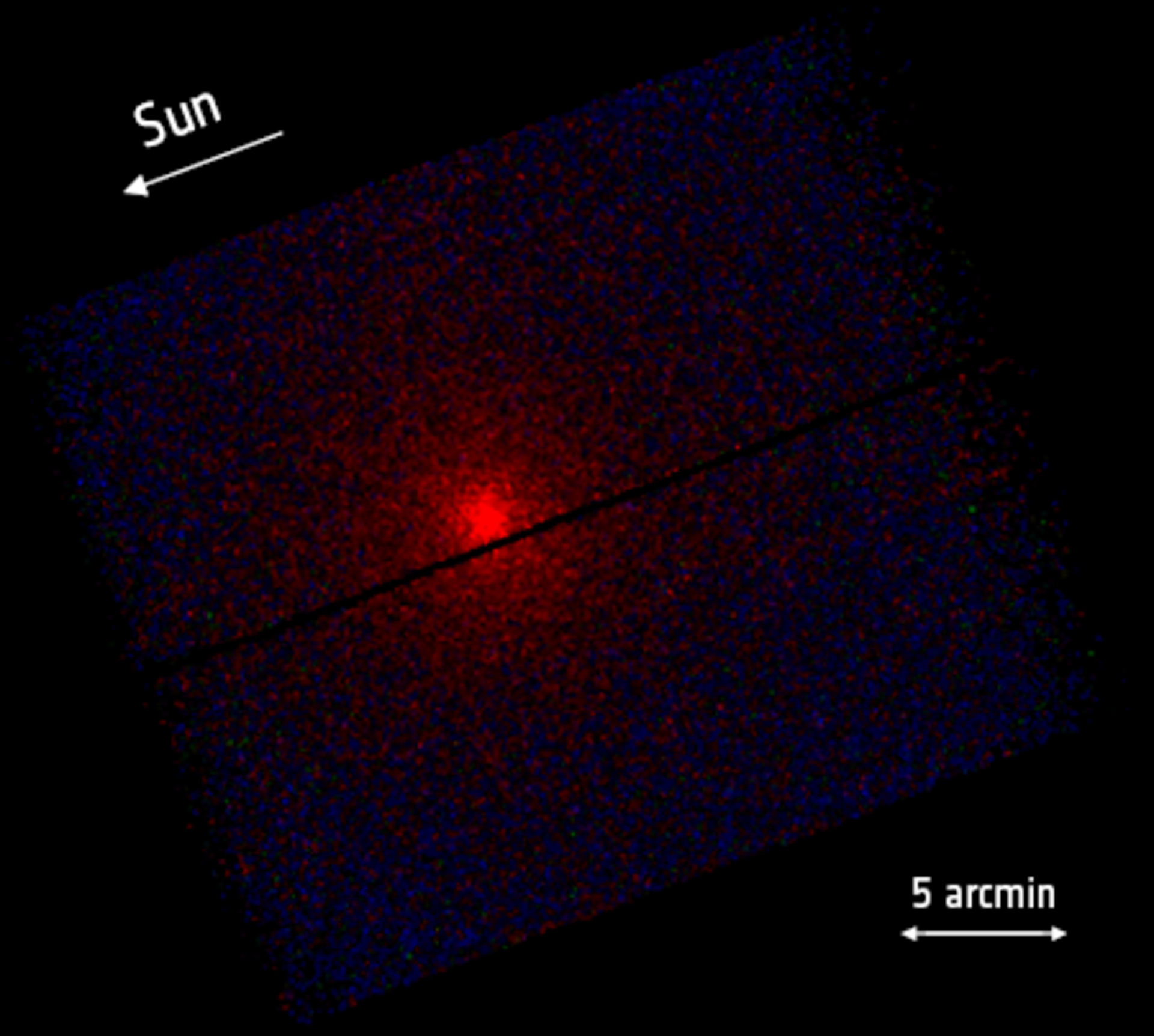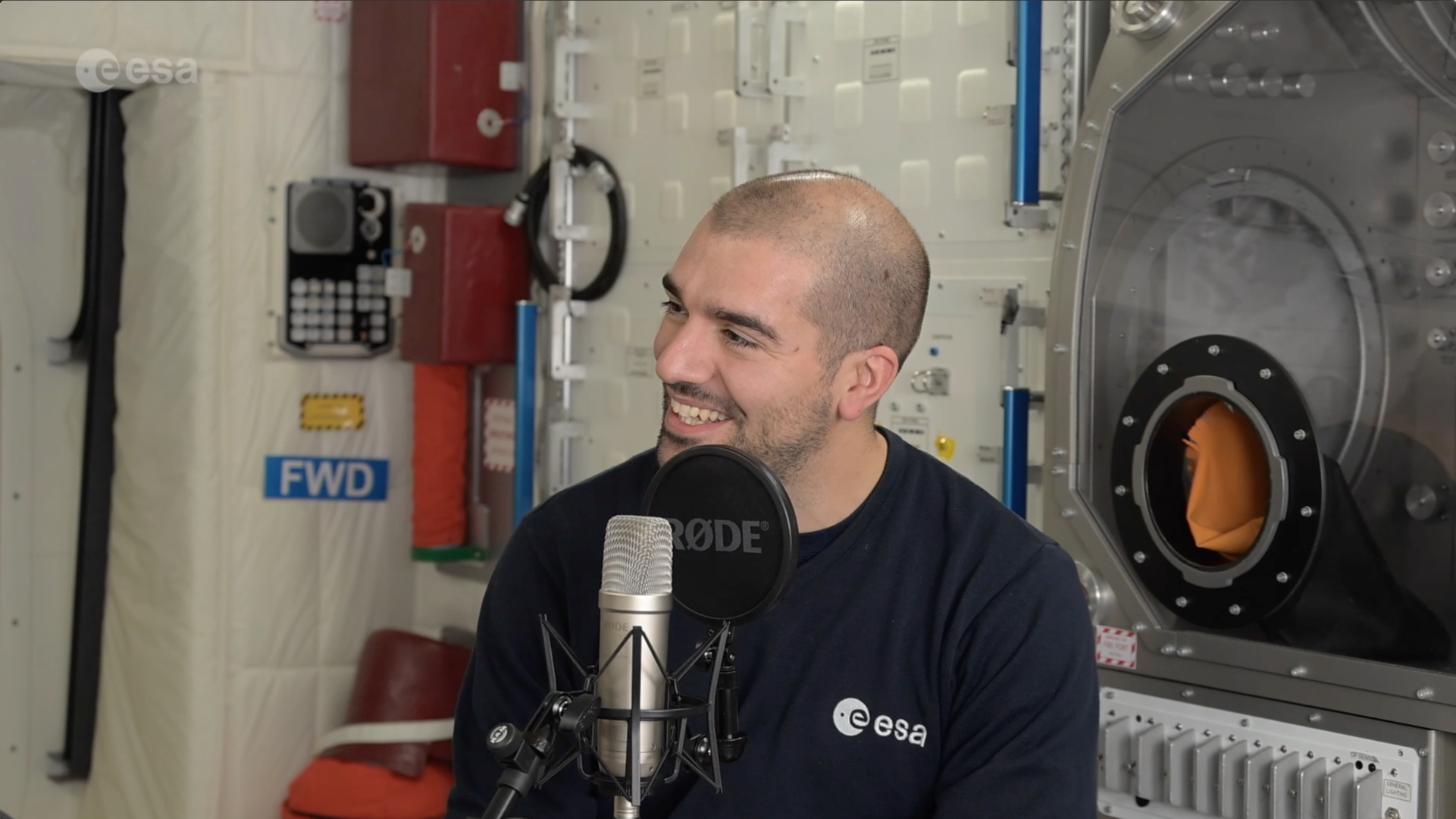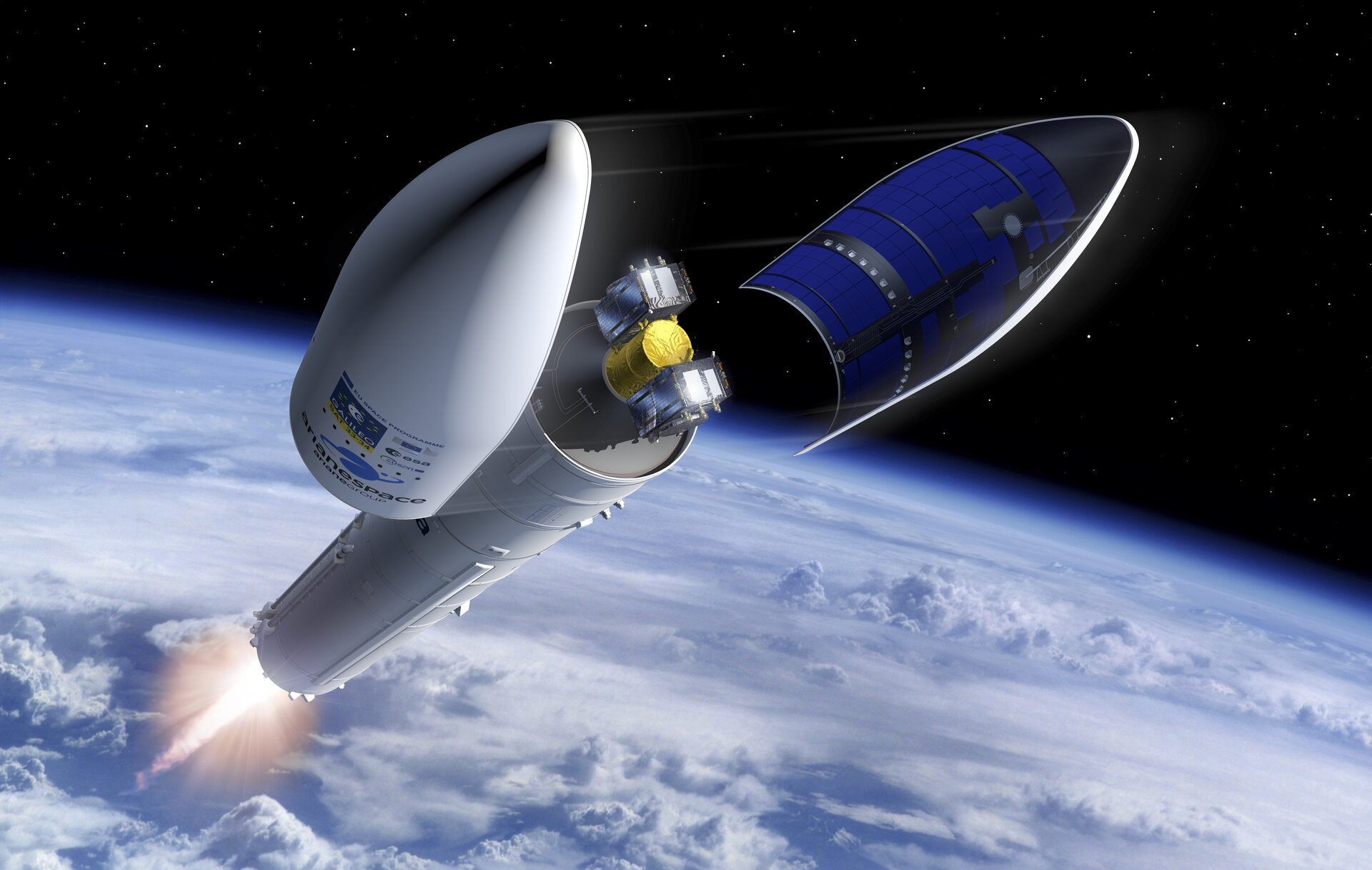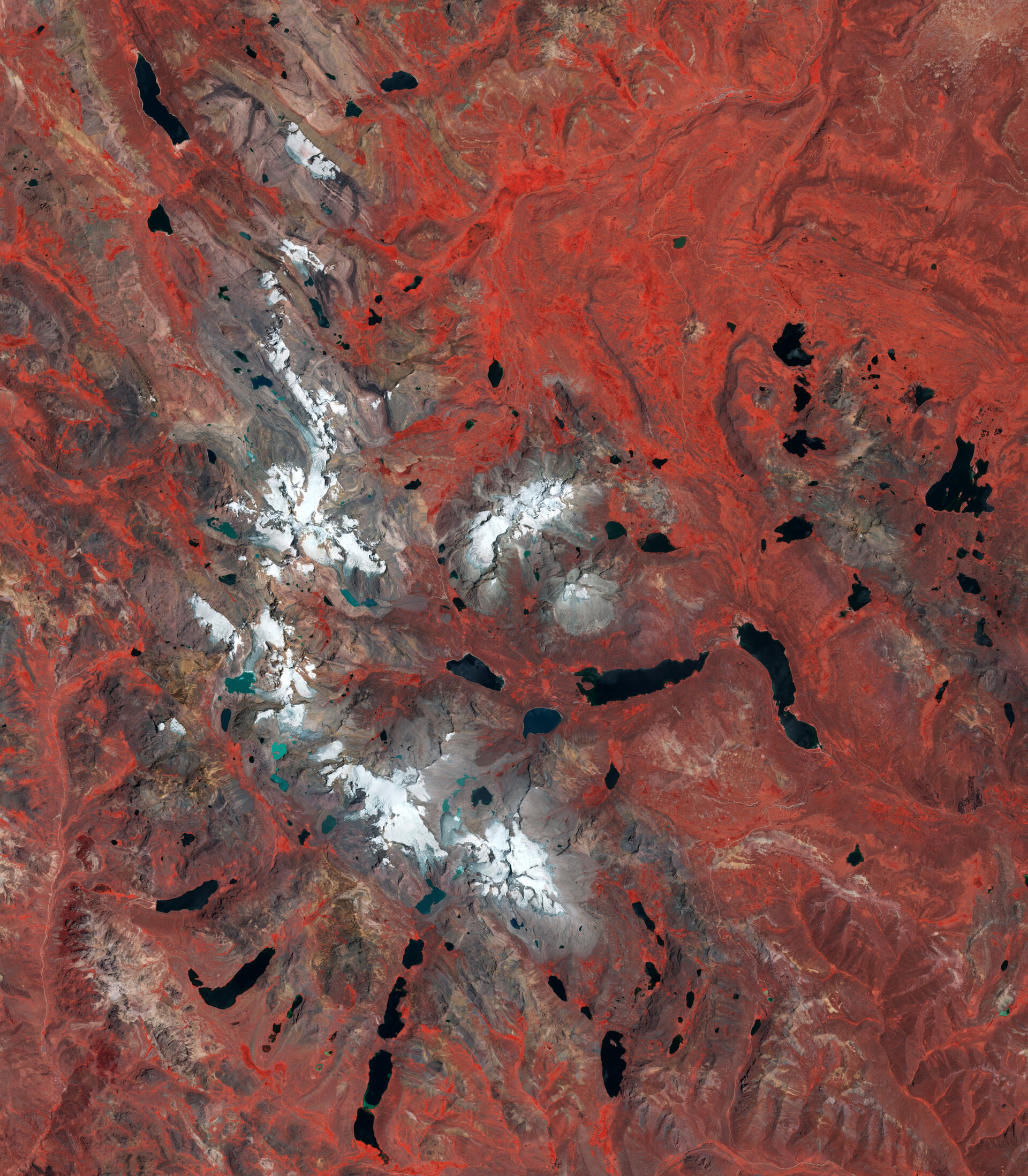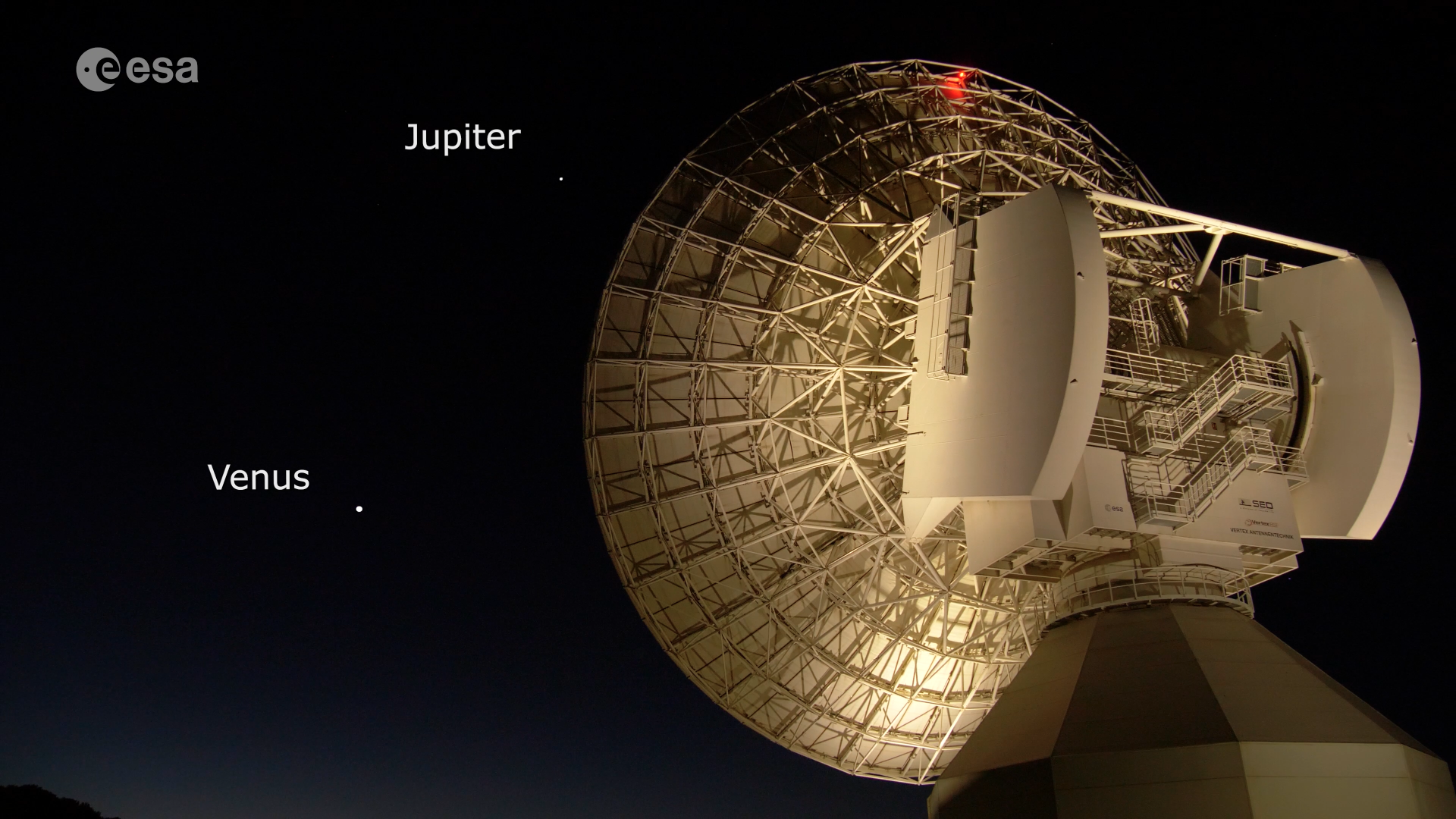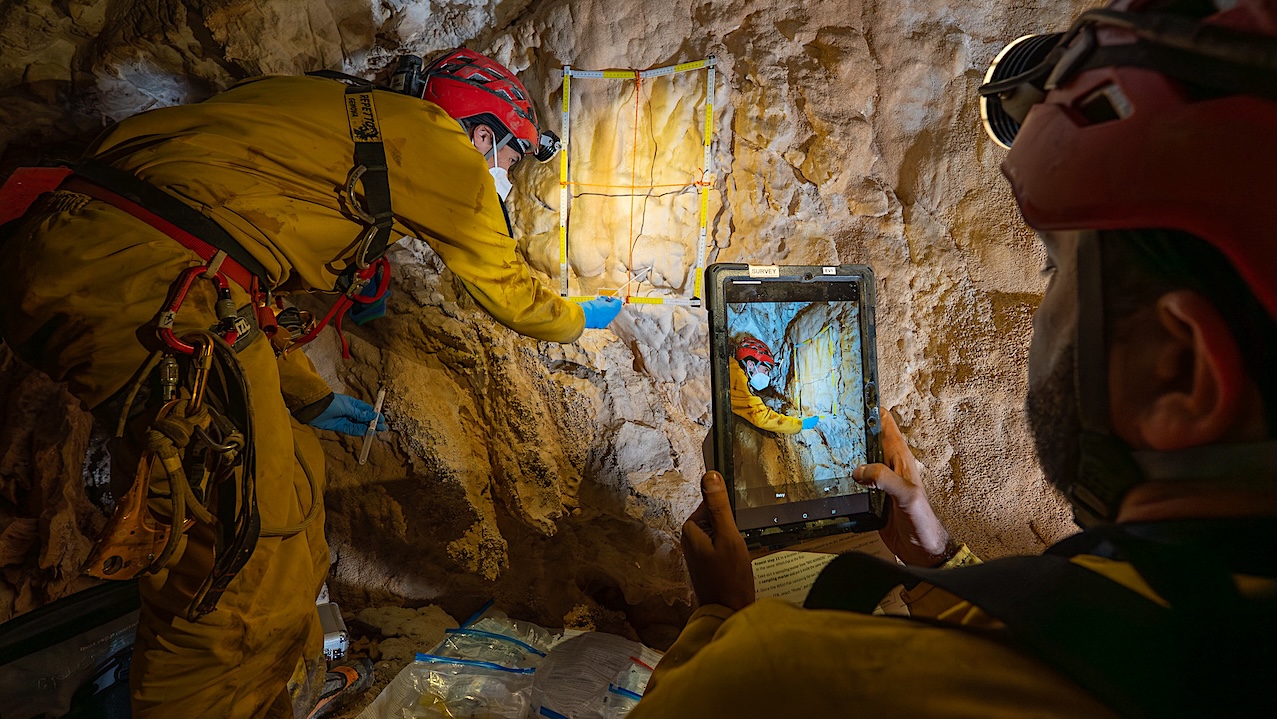The European Space Agency’s X-ray space observatory XMM-Newton observed interstellar comet 3I/ATLAS on 3 December for around 20 hours. During that time, the comet was about 282–285 million km from
esa3- Page
Step inside astronaut training with ESA astronaut Pablo Álvarez Fernández as he shares his training journey from Cologne in Germany to Houston in the US. Discover what it’s like to wear a 145 kg spacesuit underwater, train for emergencies
Applications 12/12/2025 1093 views 22 likes On 17 December, two Galileo satellites will be launched on an Ariane 6 rocket from Europe’s Spaceport in French Guiana in the 14th launch of operational satellites for the Galileo
Following International Mountain Day, which creates awareness of the importance of mountain environments around the world, the Copernicus Sentinel-2 mission takes us over the Pariacaca Mountain Range in Peru. Zoom
Comet Interceptor Spacecraft And Instruments (ESA) We describe how the ESA Comet Interceptor mission, which is due to launch in 2028/29 to a yet-to-be-discovered target, can provide a conceptual basis
ESA’s Jupiter Icy Moons Explorer (Juice) is on an epic eight-year journey to Jupiter. It left Earth in April 2023 and is due to arrive at the gas giant in
Highlights 2025 – Printable PDF Representing the runup to a crucial Council at Ministerial Level, 2025 was a busy year for Earth observation, seeing the launch of multiple Copernicus Sentinel
Applications 11/12/2025 399 views 11 likes The European Space Agency’s Swarm mission detected a large but temporary spike of high-energy protons at Earth’s poles during a geomagnetic storm in November.
Applications 11/12/2025 71 views 1 likes Air travellers will shrink their carbon footprint while reducing flight delays worldwide, thanks to a collaboration between the European Space Agency (ESA), satellite operator
Keith Cowing Explorers Club Fellow, ex-NASA Space Station Payload manager/space biologist, Away Teams, Journalist, Lapsed climber, Synaesthete, Na’Vi-Jedi-Freman-Buddhist-mix, ASL, Devon Island and Everest Base Camp veteran, (he/him) 🖖🏻 Follow on
-
 01From Polymerization-Enabled Folding and Assembly to Chemical Evolution: Key Processes for Emergence of Functional Polymers in the Origin of Life
01From Polymerization-Enabled Folding and Assembly to Chemical Evolution: Key Processes for Emergence of Functional Polymers in the Origin of Life -
 02Panasonic Leica Summilux DG 15mm f/1.7 ASPH review
02Panasonic Leica Summilux DG 15mm f/1.7 ASPH review -
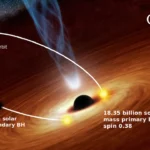 03Two Black Holes Observed Circling Each Other for the First Time
03Two Black Holes Observed Circling Each Other for the First Time -
 04How New NASA, India Earth Satellite NISAR Will See Earth
04How New NASA, India Earth Satellite NISAR Will See Earth -
 05And Thus Begins A New Year For Life On Earth
05And Thus Begins A New Year For Life On Earth -
 06Astronomy Activation Ambassadors: A New Era
06Astronomy Activation Ambassadors: A New Era -
07SpaceX launch surge helps set new global launch record in 2024


